Regardless of the genre, dancing places incredible pressure on your legs and feet. This demands a lot from your whole body, but it can significantly damage your foot health.
Fortunately, there are simple ways of coping with dancers’ feet problems, including compression socks, careful foot care routines, and smart preventative practices. Let’s break down how to feel better fast — and prevent issues before they even come up.
Common Dancers Foot Problems
If you’re a dancer, you know the feeling of tired and achy feet. Most of the time, rest helps. But chronic or recurring foot issues like the ones we’ve listed below require extra care and could even point to more serious conditions that need attention.
Blisters and Calluses
Often caused by friction between your skin and your shoes, blisters are a near-daily nuisance for dancers. But they’re more than superficial — repeated friction and inadequate healing time can lead to infections, toenail loss, or skin breakdown.
If you're frequently getting blisters, it may be a sign that your shoes don’t fit properly. Addressing the fit of your shoes, wearing protective coverings, and treating any blisters immediately is critical if you want to avoid secondary complications.
Plantar Fasciitis
This painful condition affects the tissue along the bottom of your foot. While it often stems from overuse, dancers face unique risks due to forced turnout, collapsed arches, and improper alignment during moves like the “dancer’s run.”
Recovery requires rest, arch support outside the studio, and attention to form inside it.
Metatarsalgia
Metatarsalgia causes pain in the ball of your foot — an area under constant strain in techniques like demi-pointe and relevé. For dancers, this often results from joint laxity due to overstretched ligaments.
Strengthening exercises like towel scrunches or using metatarsal pads can help stabilize this area and prevent pain.
Sesamoiditis
The sesamoid bones — tiny bones under your big toe — are vulnerable to inflammation from repeated stress. Left unchecked, this can escalate into a stress fracture and require prolonged time off.
If you feel persistent pain under the ball of your big toe, schedule an appointment with a podiatrist pronto to avoid potential further damage.
Achilles Tendonitis
Repetitive moves like pliés and relevés put dancers at risk for Achilles tendonitis — a painful, inflamed condition that worsens without proper rest.
Early intervention with calf stretches, eccentric heel drops, and proper warm-ups can help prevent rupture and long-term limitations.
Hallux Rigidus (Stiff Big Toe)
Forcing turnout or demipointe with limited mobility in your big toe joint can lead to hallux rigidus or hallux limitus. These conditions involve joint stiffness and can progress to arthritis or bone spurs.
Dancers should work within their personal range of motion to avoid damage. If you experience pain at the big toe joint, seek assessment before continuing high-impact training.
Tips for Dancer Foot Care
A few simple practices can go a long way in relieving your foot pain and preventing long-term damage. These expert-recommended strategies are easy to add to your daily routine and can help your feet feel better fast.
1. Wear Compression Socks
There’s a reason servers and teachers wear compression socks. Activities that require you to be on your feet for long periods of time can cause blood to gather and settle around your feet and ankles. While this does happen naturally, it's exaggerated by overuse.
Wearing a pair of dance compression socks can be a fantastic way to help alleviate this blood pooling and associated problems like soreness and swelling. Compression socks improve the circulation between your legs and heart, providing immediate comfort. As a bonus, improved circulation also boosts your energy and reduces your risk of injury.
Compression socks come in tons of fun colors, patterns, and sizes (think solid color compression socks or summer compression socks with floral prints) — so not only will you feel better, you’ll look great, too!
2. Soak Your Feet
Feet are complex body parts, and dancers push them to their limits. Foot soaks often target calluses, a common protective adaptation, but soaking can soften and break them down too much, exposing your raw skin.
So, soak your feet with caution. If you overdo it, soaking might increase your risk of infection and could significantly delay healing. Keep your calluses strong and intact, moisturizing them regularly instead (see below).
3. Moisturize Your Feet
Excessive pressure on your heels and forefoot can cause painful cracks, especially during dry weather or intensive rehearsals.
Moisturizing helps heal and protect your cracked heels, while also maintaining your calluses in a healthy way. For best results, moisturize before bed and wear clean, snug socks overnight to lock in the moisture.
4. Elevate Your Feet
Swelling is one of the most common issues dancers face. Gravity causes blood to pool around your feet and lower legs, compounding the constant physical stress of dancing.
One of the simplest solutions? Elevation. Lie down, stack pillows under your legs, and raise your feet above your heart level. Do this three to four times a day for about 15 minutes per session. It’s an effortless way to reduce swelling and give your body a much-needed reset.
Why Choosing the Right Dance Shoes Matters
From ballet slippers to pointe shoes, an improper fit can spell disaster for dancers’ feet. A toe box that’s too narrow or too shallow can lead to bunions, calluses, instability, and alignment issues.
Always prioritize proper fitting — ideally with help from a professional or teacher. Think of custom-fitted pointe shoes as not a luxury but an essential protection against dancers foot problems. And don’t forget off-stage footwear: supportive shoes between rehearsals will help prevent collapsed arches and aid in your recovery.
How to Prevent Dancers Foot Problems
While recovery is important, prevention is key to sustaining a long, healthy dance career. From smart training habits to strengthening overlooked muscles, these proactive strategies can help you avoid common foot injuries before they begin.
Prioritize Proper Shoe Fit and Technique
Dancing en pointe is a beautiful art, but it comes at a cost. The extreme pressure on the tips of your toes can result in serious structural changes like bunions, hammertoes, stress fractures, and sesamoid injuries.
Improper technique or shoes that don’t match your foot shape will worsen the problem. Custom-fitted pointe shoes are a must, and regular breaks from pointe work will help preserve your long-term foot health.
Manage Your Training Load to Avoid Overuse
Unlike other athletic injuries, most dance-related foot issues are due to overuse, not sudden accidents. Long hours, repetitive choreography, and minimal rest days cause chronic wear-and-tear injuries like tendonitis and stress fractures.
Recovery time and smart load management are essential to preventing burnout and injury.
Strengthen Your Hips to Support Your Foot Alignment
It might surprise you to learn that your hips affect your feet. But weak hip muscles often cause compensatory foot movement, placing undue stress on your arches and joints.
Incorporate hip-strengthening exercises like clamshells, bridges, and single-leg squats into your training to support better alignment and reduce strain on your lower extremities.
When to See a Podiatrist
Most dancer foot pain improves with rest, strength training, and good habits. But there are some signs you should never ignore:
-
Persistent pain under the ball of the big toe (possible sesamoiditis)
-
Stiffness or swelling in the big toe joint (hallux rigidus)
-
Numbness, tingling, or burning sensations
-
Pain that gets worse over time or interferes with movement
A podiatrist or dance medicine specialist can evaluate and treat these issues early, helping you avoid long breaks from training and more serious injuries.
Keep on Dancing
At the end of the day, dancing is equal parts art and athleticism. Understanding your body, supporting your feet with remedies like compression socks or sleeves, and addressing warning signs early will help you perform longer and more confidently.
Frequently Asked Questions
What are the most common foot injuries in dancers?
Blisters, plantar fasciitis, metatarsalgia, Achilles tendonitis, and sesamoiditis are among the most common. These often stem from overuse, poor technique, or improper footwear.
How can dancers prevent foot pain?
Proper warm-ups, supportive shoes, strength training (especially hips and feet), and rest days are key. Compression socks and foot elevation also help with circulation and swelling.
How do I know if my pointe shoes fit correctly?
You should feel supported without pain, pressure spots, or toe cramping. If your toes are crunched or you're sliding inside the shoe, they likely don’t fit right.
When should a dancer see a specialist for foot pain?
If your pain persists beyond a few days, gets worse with activity, or causes changes in movement, it’s time to see a podiatrist. Early treatment can prevent long-term damage.
Is it okay to soak sore dancer feet after rehearsal?
Yes, but avoid soaking if you have open blisters or cracked skin. Moisturizing and elevating your feet may be better options for recovery in those cases.
What exercises can help strengthen dancer feet?
Towel scrunches, toe spreads, resistance band work, and relevé holds can all build foot and ankle strength. These exercises improve stability and reduce injury risk.
Can weak hips really affect foot health?
Absolutely. Weak hips can throw off your alignment, causing extra stress on your feet. Strengthening your glutes and core can make a big difference in how your feet feel and function.

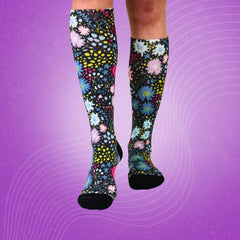
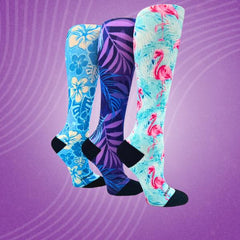
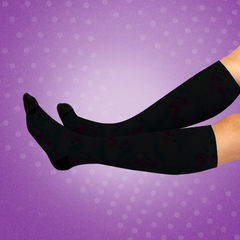
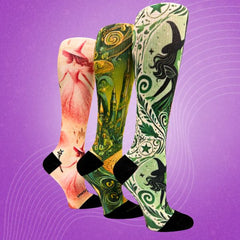
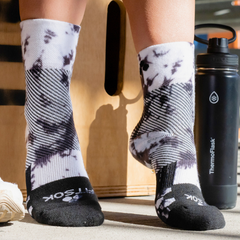


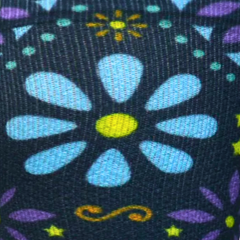
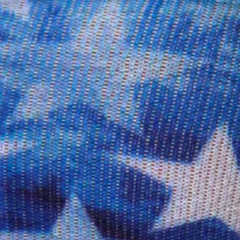
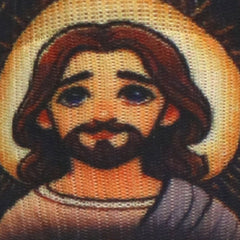

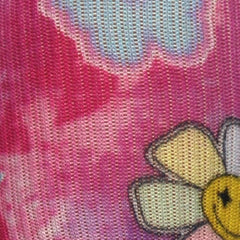

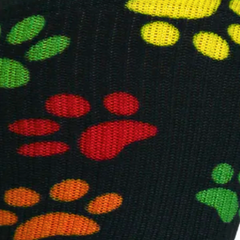
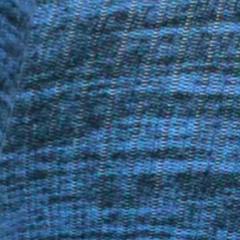
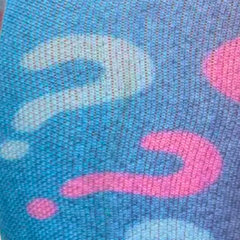
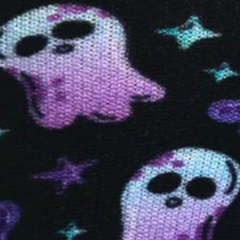
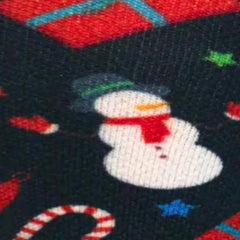

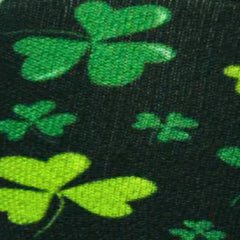
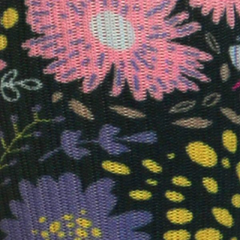
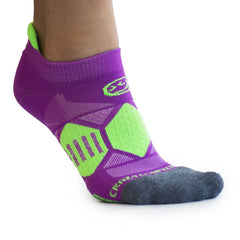
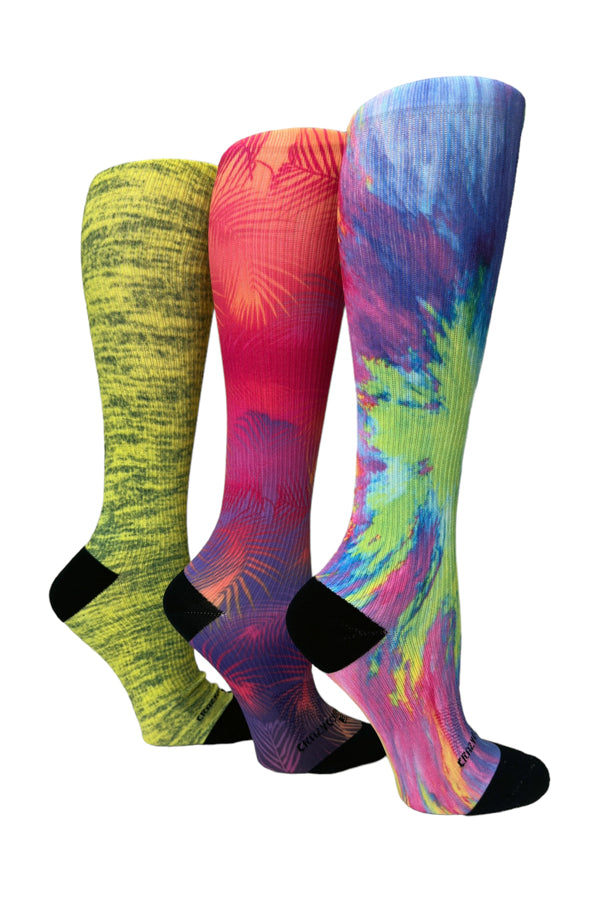

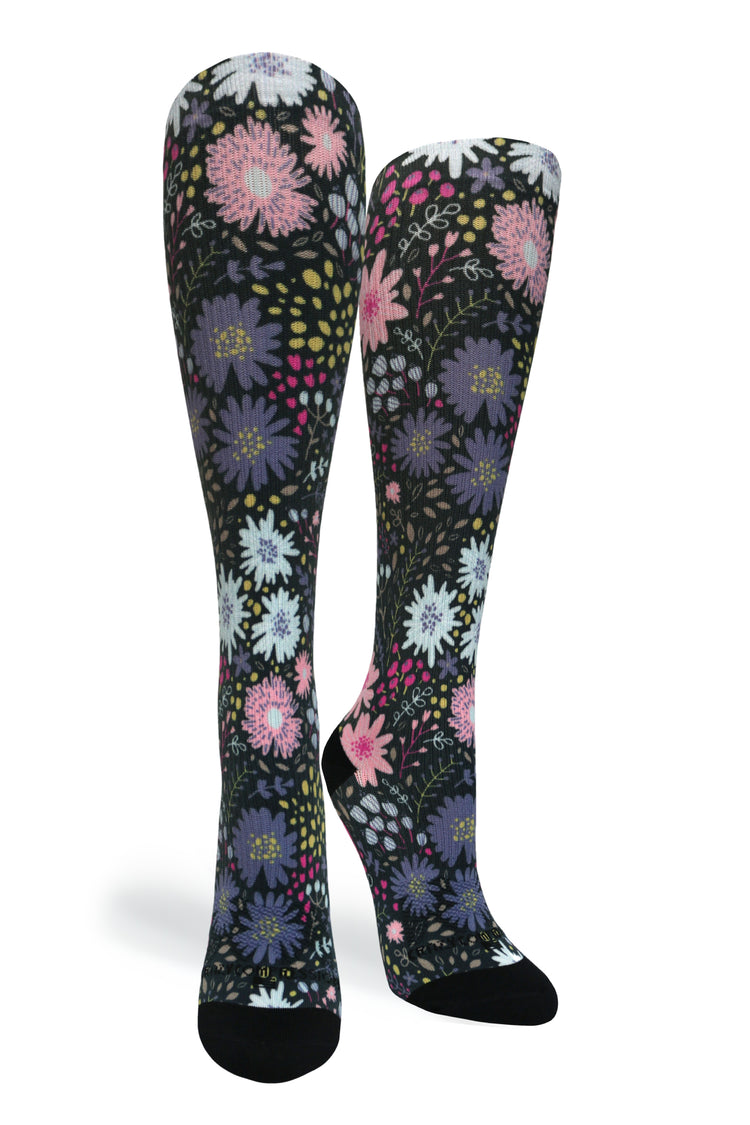

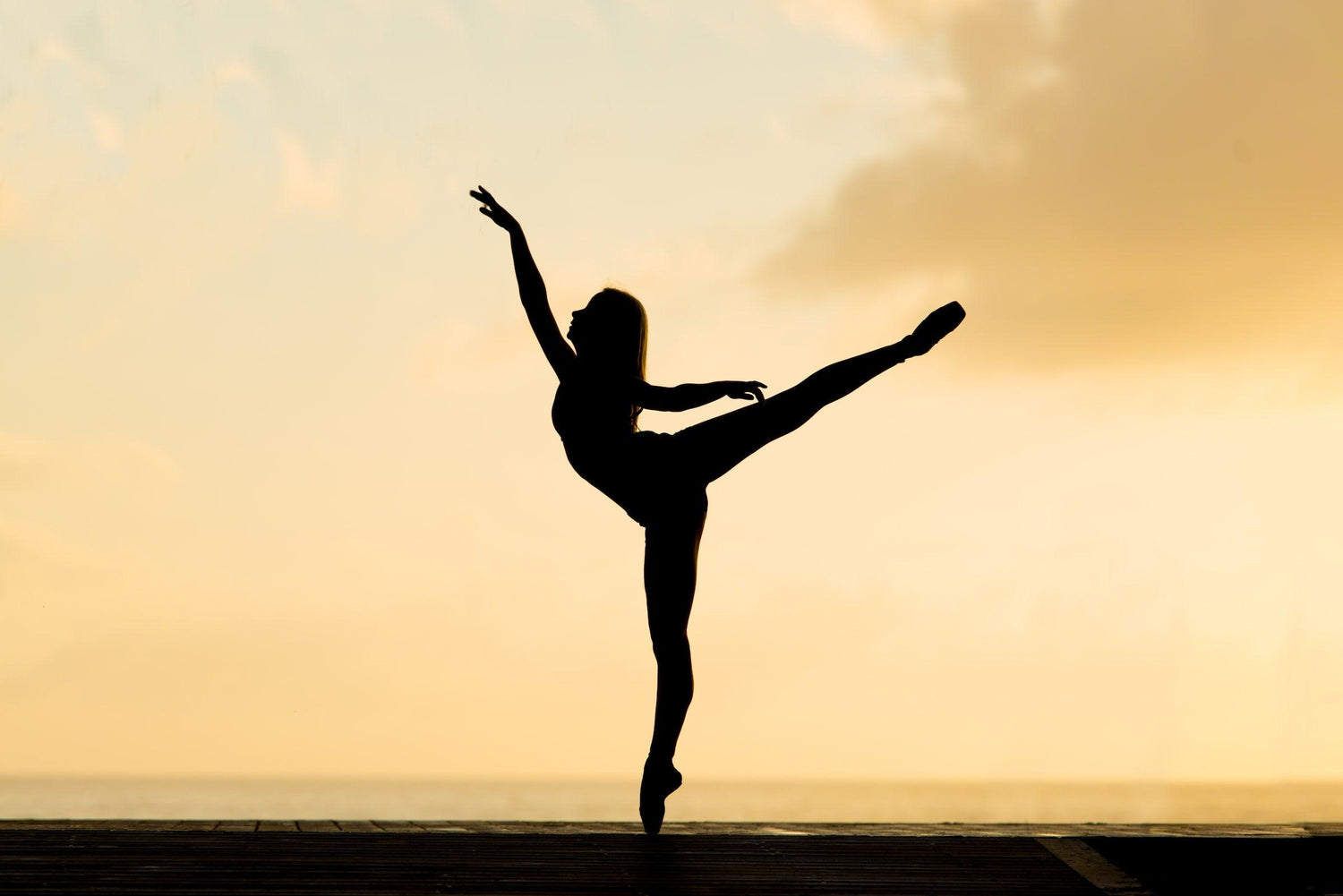

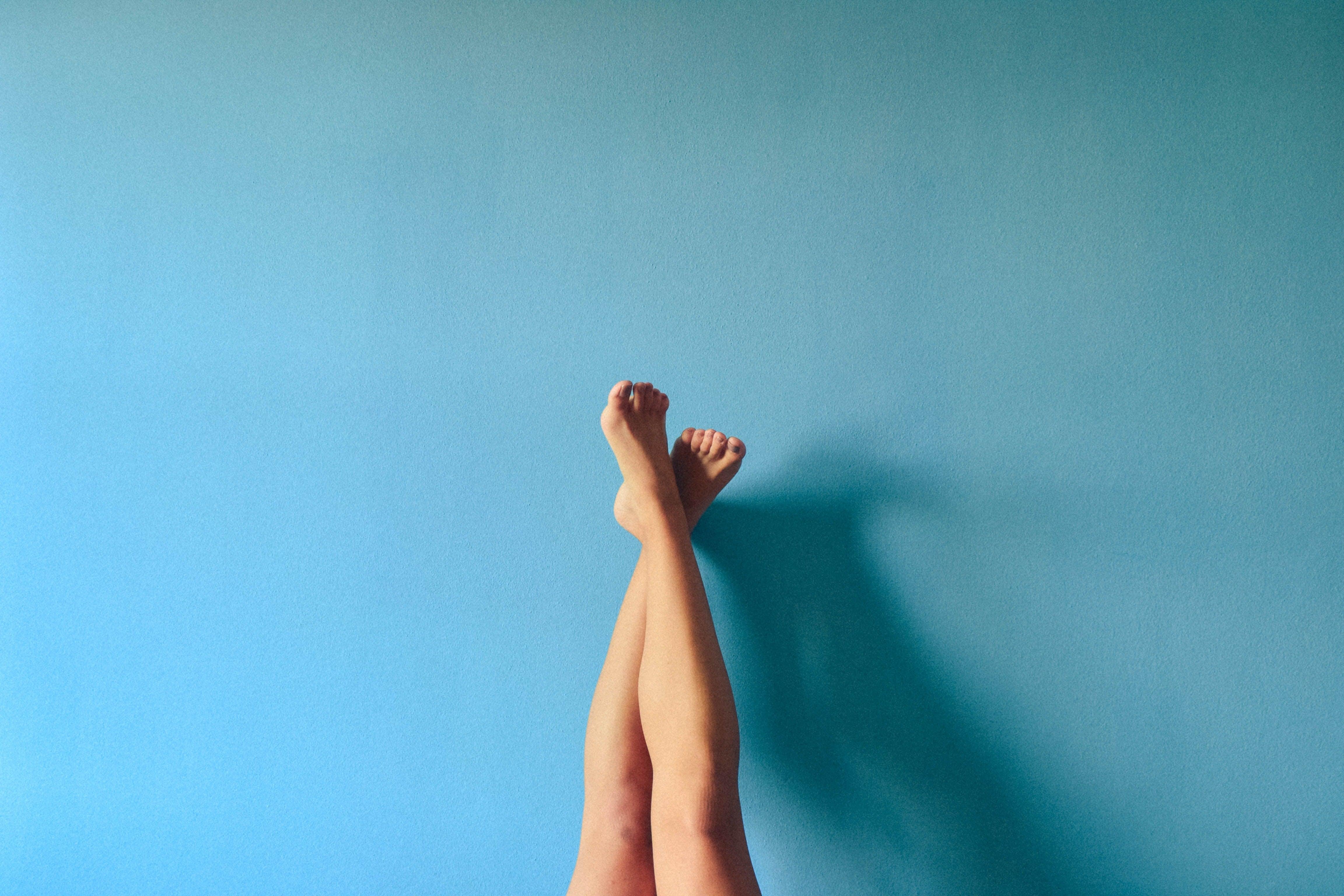
Leave a comment
This site is protected by hCaptcha and the hCaptcha Privacy Policy and Terms of Service apply.